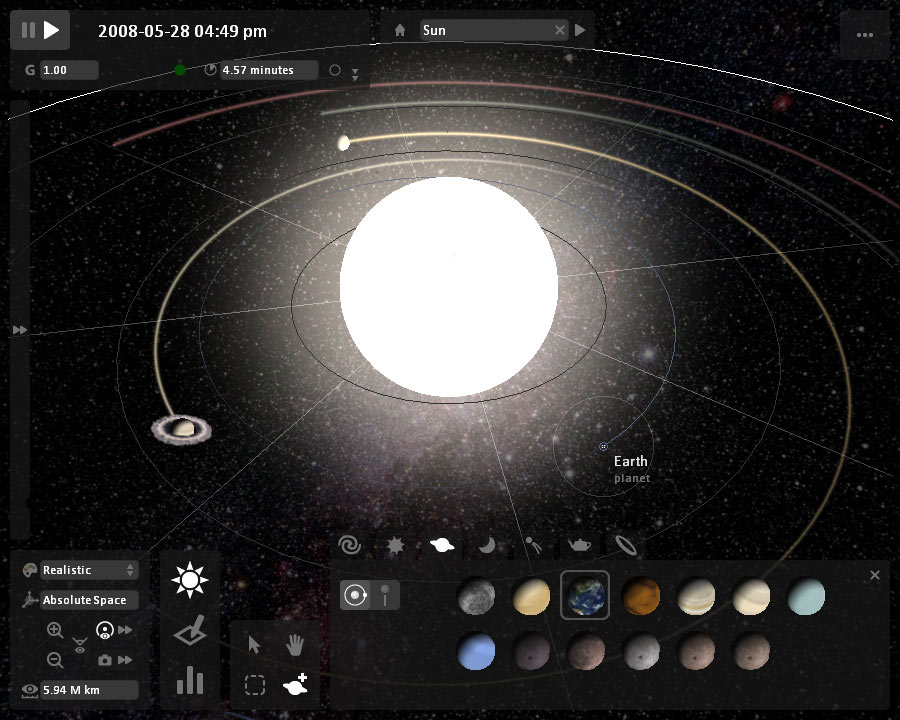

If the barycenter object is allowed to have 3 children, but the SOI algorithm for that object can only handle 2 arguments. There you have an implementation problem: if your SOI-region algorithm can only handle 2 objects, you must restrict the special barycenter object such that only 2 things can be in orbit. How do you distinguish between "preferred" objects that get specially-shaped SOIs and "normal" objects? Edited Jby NeilC how do you ever enter Ragnar's SOI?ĮDIT: as I think about it, this argument holds for anything in "normal" orbit around a binary star implemented using the proposed barycenter object. Which SOI am I in?" There you have an implementation problem: if your SOI-region algorithm can only handle 2 objects, you must restrict the special barycenter object such that only 2 things can be in orbit. But you still need to answer the question: "I'm in the Helios GD system, and my position is.

I agree that as long as you put the planet at a realistic distance from the barycenter (you've seen what people do with mods, right? ), you could model it as a separate body in orbit around the barycenter object, and the SOIs would never intersect. The Helios GD + Ragnar system is an example of such. But we would not necessarily be able to observe gas giants in distant orbit around the barycenter of a binary star. I don't argue that in reality trinary star systems would be highly unstable and as a result have not been observed.

The map circling around the internet doesn't seem quite right to me. In reality Ragnar would have to be in a very high orbit around Helios GD in order to be stable enough to last the billions of years i takes for life to evolve and star traveling around the system. Well in theory Ragnar *could* do that but no one is going to create rails that low for it. That's because all star systems, even ones composed of 4 or more stars, have a binary hierarchy. With the exception of a single hypothetical 3-body system that's never even been seen by astronomers, every stellar or planetary arrangement will be easily approximated using the fragmented sphere piecewise function. I'm having trouble thinking of a way to extend this model to general cases that would be less complicated than just doing n-body physics.

There's no reason it needs to do so in the same plane that H G/D orbit their barycenter, and it's possible Ragnar's SOI could intersect one or both of H G/D over the course of their orbits. bodies that don't share a common plane of revolution - think Ragnar anchorage, which orbits the barycenter of Helios Gamma/Delta rather than either star. An algorithm that works with n bodies is needed, not an if statement for 2. If this subsystem were to be implemented and made usable by modders (who love to push limits and do arbitrary things), it would need to deal with general cases so you can feed in any configuration and get sane results. So the if would become more complicated.ĭiffering masses isn't all. For bodies with differing masses, the interface should be the plane passing through the L1 lagrange point perpendicular to the line joining the center of the two bodies.
UNIVERSE SANDBOX 2 BARYCENTER CODE
Well, the problem with this code is that it's only applicable to models where both bodies have exactly the same mass.


 0 kommentar(er)
0 kommentar(er)
